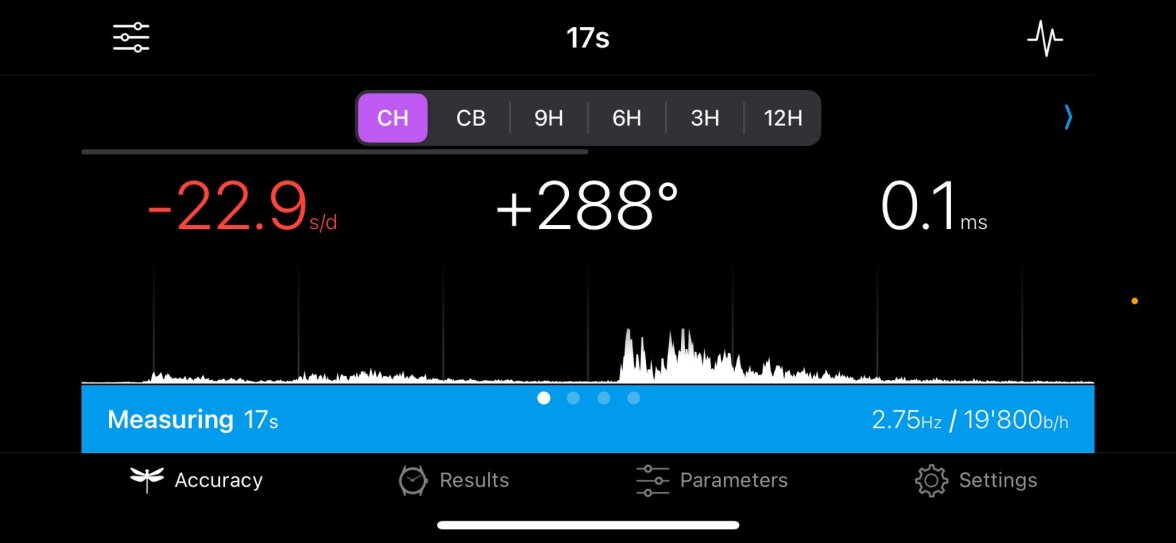watch_my_six
·A seller recently told me that their watchmaker set a watch such that "it will keep better time when worn than put on the timegrapher" (since it was running -23sec/day on the timegrapher). I have never heard of this. Especially in this case since the watch doesn't even have a second hand! How would they even do this? e.g. if it was regulated to be better than -23 sec/day when worn, let's say -10 sec/day (which still wouldn't be that great), without a second hand, wouldn't the watchmaker have to actually wear it (or put it on a winder) for 6 days just to know that it has lost 1 minute and is thus better than the -23 sec/day reading from the timegrapher?! Am I missing something? Or is this a load of BS? Cheers,
